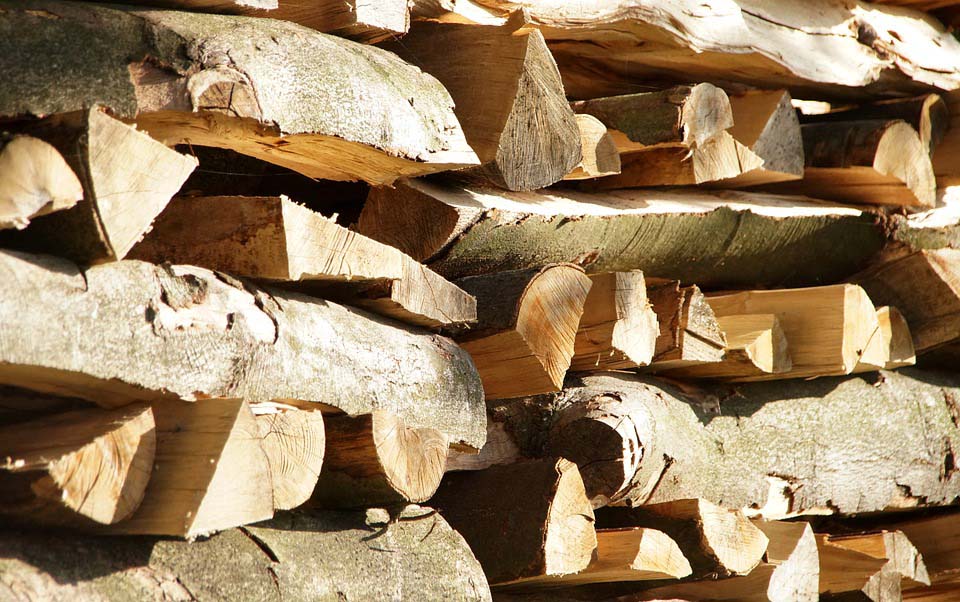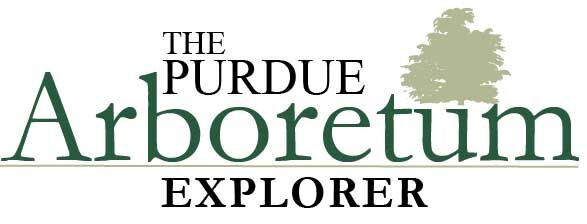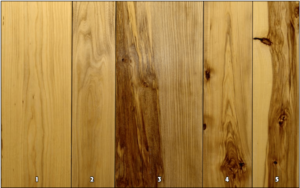Celtis occidentalis, laevigata
Summary
Hackberry is composed of two species that cannot be separated once processed into final products: hackberry and sugarberry. This species is commonly used for furniture, upholstered frames, and millwork. Hackberry is a light yellowish green in healthy trees but can develop fungal and oxidation stains very quickly in warm weather. Hackberry has zero resistance to decay and is one of the best for steam bending.
Viewing the panels from left to right, Board 1 shows the growth ring pattern characteristic and a light color similar to ash. Board 2 is also clear but shows a grey color developing due to a fungal infection. Board 3 shows a darker streaked area on the left characteristic of the heartwood with the balance being grey with a rift grain pattern. Boards 4 and 5 show a mixture of knots, sapwood, and heartwood.
History
Hackberry was used for furniture, upholstered frames, and millwork. This species was also used for container veneer. Historically, hackberry was valued among the Native Americans for medicinal, food, and ceremonial purposes. The bark served a gynecological aid as well as sore throats and other medicinal purposes. For ceremonies, hackberry was used as the fuel source for the altar fire.
Color & Texture
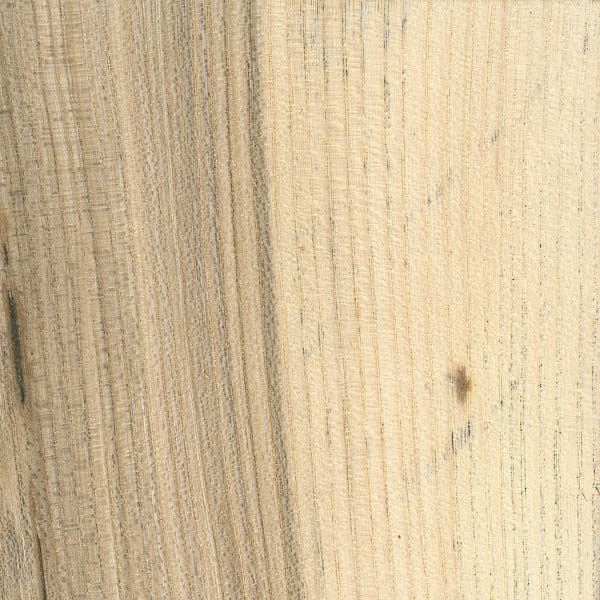
Hackberry’ s sapwood is usually wide and very light yellowish green. A variegated brown wood can develop in the heart and around dead branch stubs, along with dark mineral streaks. The wood can develop both fungal and oxidation stains rapidly in warm weather. Hackberry’ s appearance is similar to ash and is sometimes used in place of ash.
Anatomical and Microscopy
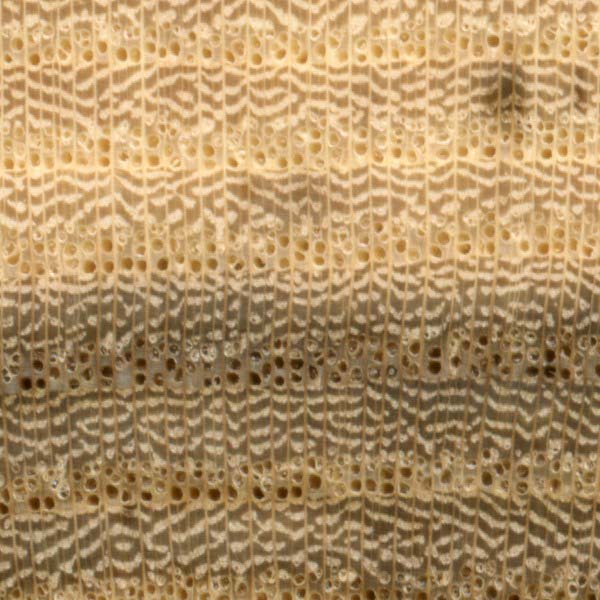
“ Ring-porous; 2-3 rows of large to very large earlywood pores; small to medium latewood pores in wavy tangential bands; tyloses common; parenchyma vasicentric, banded (marginal); medium to wide rays, spacing wide.”
Wood Properties
- Workability
- Plane and bore well but are intermediate in shaping and turning
- Strength
- Steam Bending
- One of the best woods for bending
- Drying
- Moderate kiln schedule
- Shrinkage
- Intermediate shrinkage
- Decay
- No resistance to decay
Products
Hackberry is commonly used as firewood. Some of its other uses include inexpensive furniture, upholstered frames, and millwork. When limited quantities are available, hackberry is used by the wood pallet and blocking industry.
